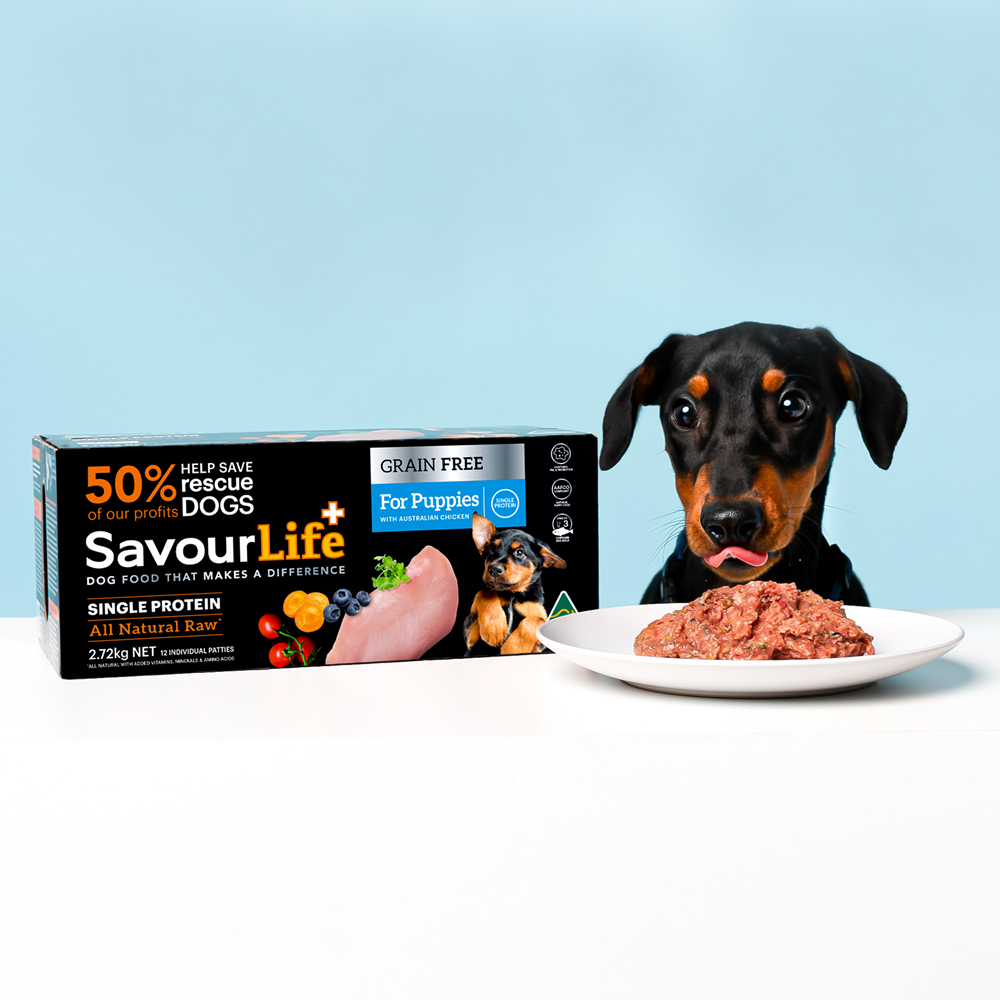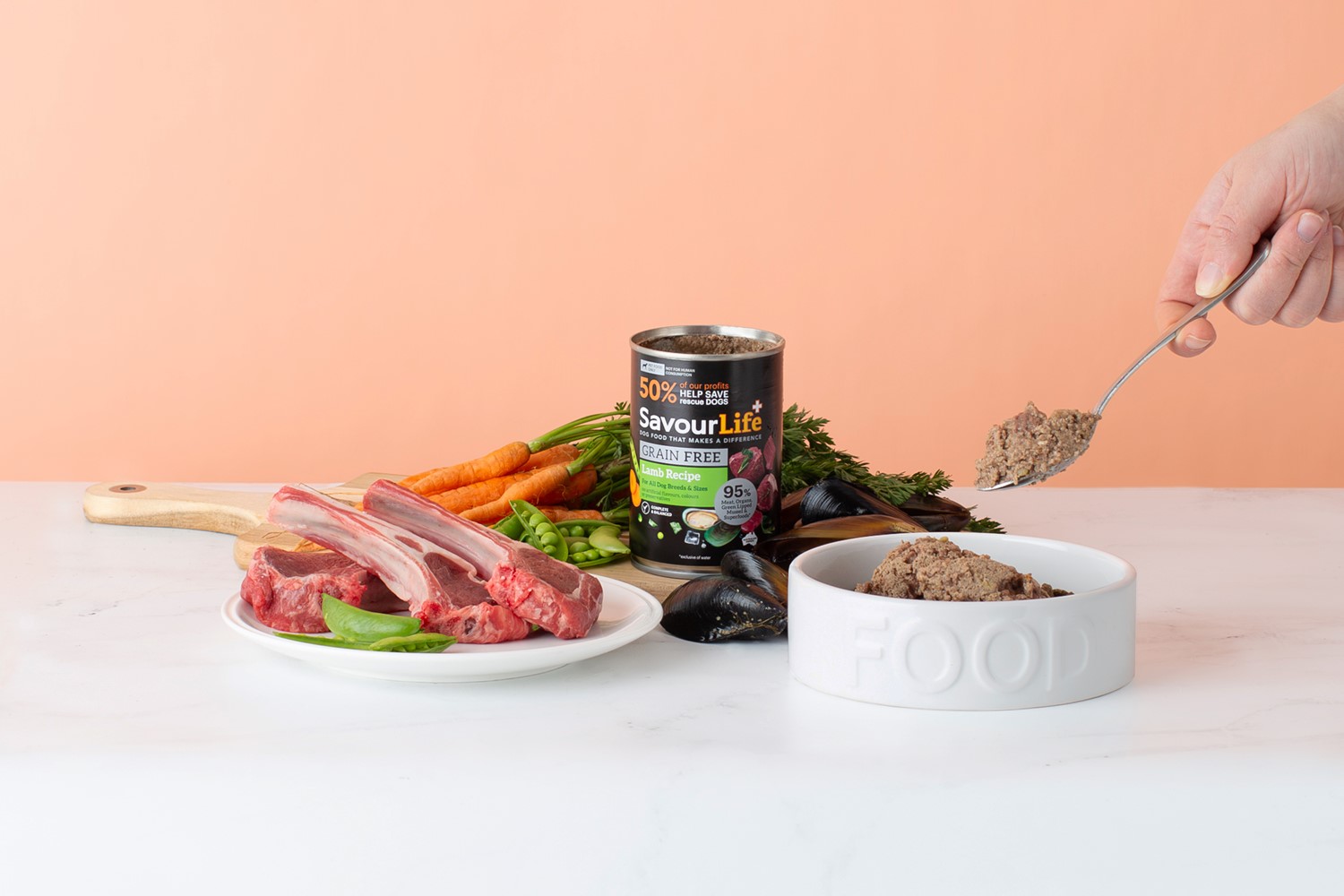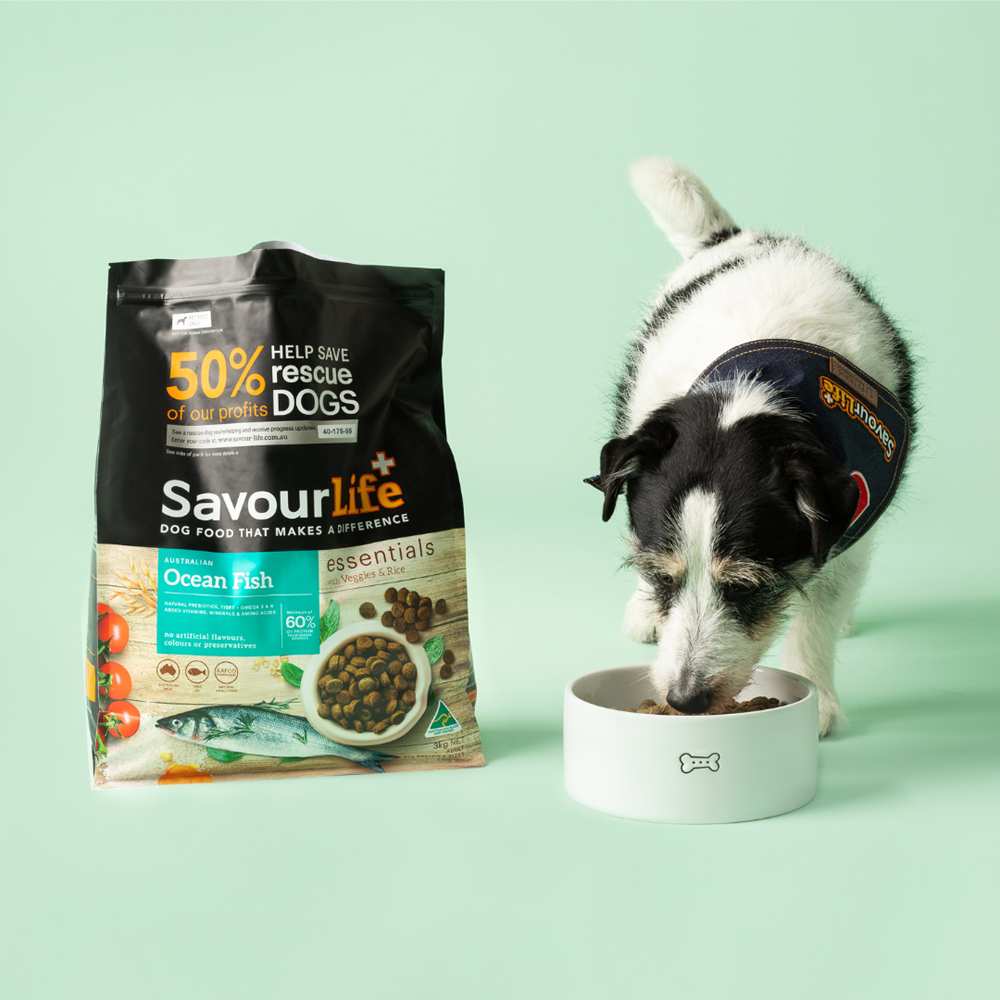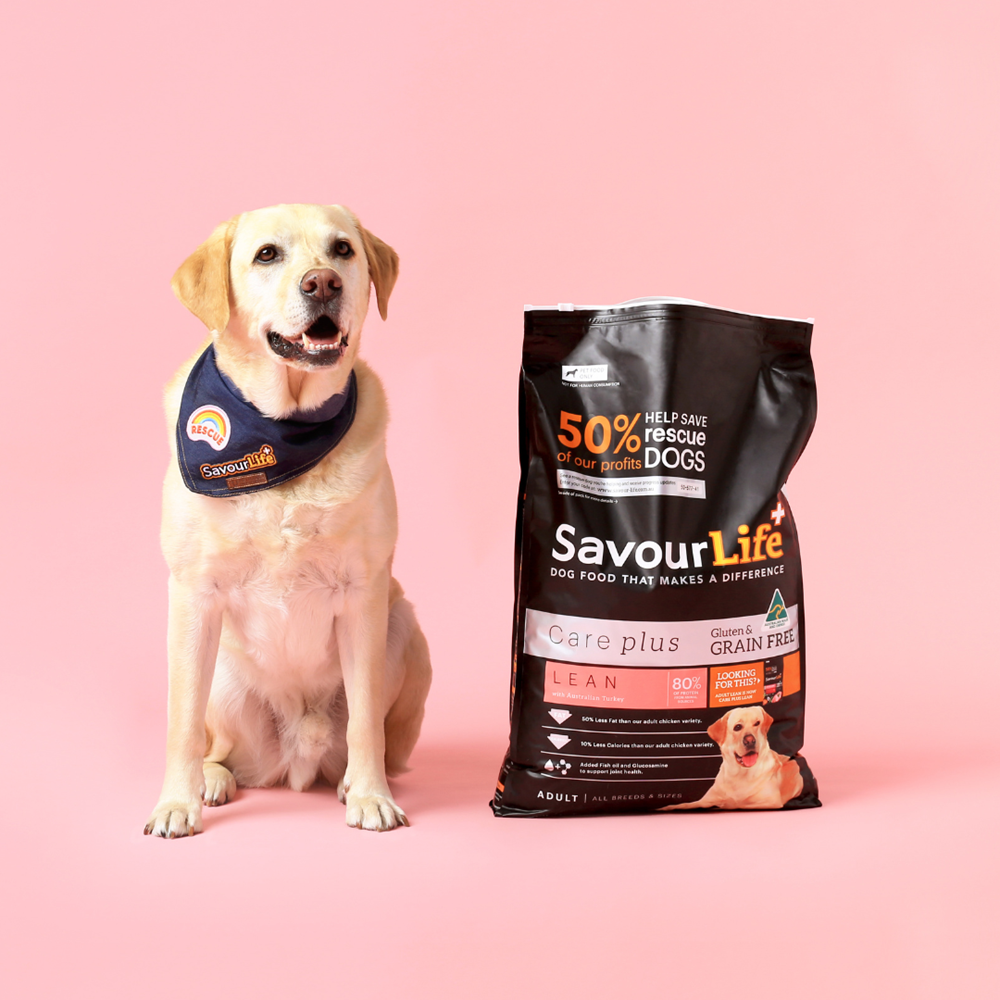Mixed feeding – combining wet and dry pet food – offers a smorgasbord of benefits for your best friend!
This balanced approach provides them with the best of both worlds, maximizing nutritional benefits while making dinner time even more enjoyable.
Mixed feeding provides greater variety in texture and taste, keeping even the pickiest eaters excited about their meals. Offering a mix of wet food, or raw food, along with kibble ensures they get a wide range of nutrients from different sources.

The mix of protein sources and nutrient profiles between wet and dry foods can lead to a more complete and balanced diet.
One of the primary advantages of mixed feeding is enhanced hydration. Wet food typically contains 75-80% moisture, making it particularly beneficial for pets who may not drink enough water naturally.


Dry kibble, on the other hand, offers excellent dental benefits. The mechanical action of crunching on kibble helps reduce plaque build-up and promotes better oral hygiene. When combined with wet food, dogs receive both dental care advantages and proper hydration.
When implementing mixed feeding, portion control is crucial. As a general rule, reduce the recommended quantity of each food type by half when combining them.

The best part? Mixed feeding is super flexible. Some pet parents serve wet food in the morning and dry food in the evening, while others mix them together in one meal.
Do what works best for you and your pup – just make sure their total daily caloric intake remains appropriate for their needs.

